A moon garden is, simply put, a bit of the landscape to be enjoyed by the light of the glowing moon. It’s a combination of hardscape features, furnishings, and, most of all, plants selected for specific features that exploit and amplify the moonlight or enhance the already romantic-poetic ambiance.
Bold, rich colors are minimal here. It’s all about flowers in whites, softest yellows, and pastel shades of blue and lavender along with, of course, green. Speaking of green, even the color and refraction of leaves is an important consideration. Dark green is ineffectual here, while silvery and powdery leaves are the heroes of light emphasis. Leaves that are super shiny also work, albeit not easy to find.
Collaborating with the whole mood are the fragrances of the flowers. Relaxation — one of the main purposes of a moon garden — is improved by memories and nothing kicks memories into gear better than the volatiles that tickle your nose agreeably.
Overall, sitting in a moon garden is therapeutic, being more than just a quiet space to rest after a long day. It’s a place to be with only your thoughts (and mantra, if you wish), with your book, with your journal, or with your best friend(s). It brings out the best in wildlife — the hoots of an owl, the cricketing of crickets, and the flight of the bumble … moth. The civilized world is silent now while the only light is the moon and the world you’ve created in your garden that accentuates the moon. On the other hand, where’s a better place to be when you want to converse with old friends?
The moon garden concept isn’t new. It certainly goes back at least as far as the Mehtab Bagh (“moonlight garden”), which was built around 1530 by Emperor Babur of India. It included night-blooming plants, white plastered walkways, an octagonal reflecting pool, and a pavilion on 20+ acres. The Mehtab Bagh is now part of the Taj Mahal complex. Moon gardens have also been called “twilight gardens,” “evening gardens,” “night gardens,” and, maybe my favorite, “dream gardens.”
Nowadays, moon gardens serve an additional, deeply important purpose. Most of the flowering plants recommended for a moon garden scheme are attractive to night-flying pollinators. Such a list includes long tubular flowers and, most fascinating, flowers that bloom only at night — characteristic and habit specifically evolved to attract certain moth species as well as bats (don’t you dare say “eek – bats!!”).
When it comes to the popular trend of “gardening for pollinators,” few gardeners think of our native moths and bats. In almost all cases, these nocturnal creatures are attracted to the scent of the flower, not the color. Good thing so many white flowers are fragrant. A moon garden, then, is the equivalent of a daytime butterfly garden, only at night.
Something somewhat paradoxical: the moths that are attracted to the flowers of a moon garden are also food for the insect-feeding (non-pollinating) bats — the ones that also eat mosquitos! I love the rawness of Mother Nature.
SOME PLANNING
Choose a spot where there’s good moon exposure (out in the open) and minimal artificial lighting that may interfere with the impact of the moonlight over the garden.
A moon garden does not have to be very large. In fact, smallness adds to the intimacy. It should be in an area of the garden where people can and will congregate, converse, link minds, hearts, or souls, and, most of all, enjoy all the elements of this special garden.
Some gardeners like the idea of a moon garden in the shape of, what else, the moon, whether full or crescent.
Although the moon garden shows off best during the crepuscular and nocturnal hours, do keep in mind that the night-blooming plants still need the appropriate amount of sunlight (6 to 8 hours or more) during the day. With that in mind, also plan the garden so that it shows off well during the daylight hours. The colors, textures, and fragrances required of a moon garden should work together to create a good-looking garden even when the sun is up.
This doesn’t necessarily exclude shade plants; they can be used around the perimeter of the moon garden where it transitions into the shade of larger trees and shrubs.
Provide a long succession of bloom to provide nectar for the pollinators and color and fragrance for you throughout the growing season.
THE HARD STUFF
Not the difficult matters. By “hard stuff,” I mean pieces of the hardscape and the furnishings that sit upon said hardscape. Plants may make up the core of the moon garden but hardscaping and such provide the framing and the serviceable elements.
If your moon garden leans toward the larger size, it helps to add pathways — to get there and/or around there. Get inspired by the Mehtab Bagh and use white construction materials for pathways.
You need comfortable seating, not typical folding chairs. How else are you going to relax? Don’t forget at least one table; at least a small one to set down your drink or something a bit bigger for your book, your cell phone (or maybe just leave that in the house!), your writing and/or artist’s pad, and maybe especially, your insect and bat identification field guides. [I like “Bats of the United States and Canada” (2011), by Michael J. Harvey, J. Scott Altenbach, Troy L. Best; “A Field Guide to Moths of Eastern North America” (2005) by Charles V. Covell; and I suspect I will love “Moths of Western North America” (Princeton Field Guides) by Seabrooke Leckie, due out December 2, 2025.]
A firepit? Sure, it encourages conversation. Maybe, too, a large basket or storage chest for the blankets, pillows, and a garden shears (you never know when the mood strikes you for clean-up).
If you’re not rurally located, as in not right up to a natural area, and the creatures of the wild aren’t providing the “music of the night,” you can elevate the sensory experience with a small wind chime. That makes sight + smell + audio. Add a friend (your dog, for instance) for the tactile sense and a bowl of fresh fruit from your other garden for the sense of taste.
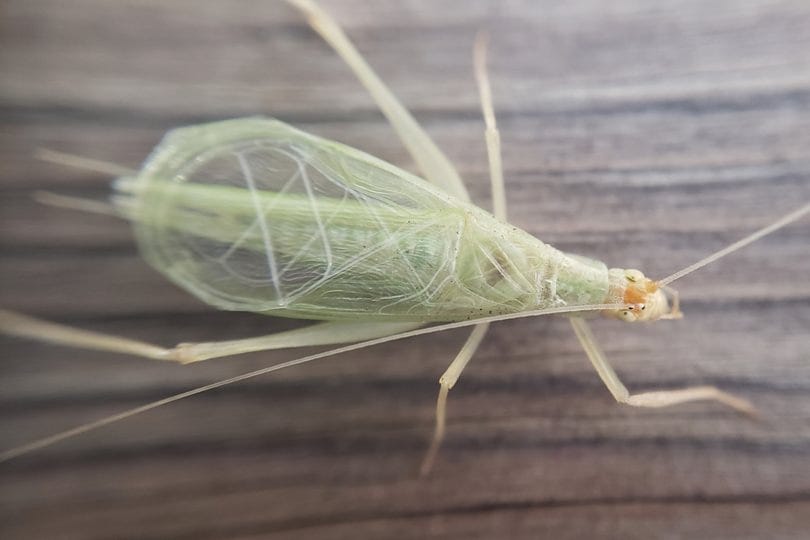
Another audio enhancer is a moving water feature (e.g., a gurgling solar-powered recycling fountain or a built-in pseudo-creek bed with a couple of waterfalls). It’s audio that “chills” the mind. Larger water features also add to the wildlife value (such as croaking frogs and, for the bats, more bugs). The pièce de resistance from including such a feature: you get to see bats swooping down and skimming across the water to drink.
Also with water in mind, and one of my favorite pieces of a proper moon garden, is a reflecting pool (also called a “moon-gazing pond”, in this case). It can be most any size but it must be situated and aligned to catch the light of the moon at one end and give you the view from the other end.
Night lighting can be a valuable supplemental element here but it must be kept to a minimum. Start with some small lighting around/above the key sitting area or downward lighting for the pathways. Maybe add an on-off light switch somewhere to adjust to whether the moon is full and bright or not so bright because it’s hidden behind clouds, thinly-crescented, or not up at all. Do keep in mind the habits of one of our most endangered groups of insects: fireflies, which prefer the darkest areas of a garden. Moths, too, can get confused with harsh outdoor lighting, which can disrupt their pollination patterns.
Objets d'art du jardin? Have at it. Keep it minimal, though, so as to not distract from the real raison d'être of the moon garden.
You might as well add a bat house (homemade or bought) or two.
AND BECAUSE IT’S MOSTLY ABOUT THE PLANTS AND FLOWERS
A moon garden is a garden designed specifically to come into its own with flowers and plants that reflect or capture the distinctive light of the silvery moon (or the variations and shades of white, gray, yellow, orange, and a mottled-corky-rusty red).
FLOWER COLORS
The flowers most suitable to a moon garden range from white to white, primarily, but there’s plenty of cream, buttercream, lemon, silver, palest lavender, mauve, periwinkle, iridescent pinks, pale-but-sparkly yellows, and all the other shades and tones that hold the glow of Selene (the name given to our Moon by the Greeks), even on the dullest of nights.
The bigger the flower, the better the glow holding capacity. Hence why most flowers on a “moon garden plants” list are on the larger side of the scale. That includes small flowers in large, tight clusters in a flat-topped disk. Don’t, however, rule out the smaller plants that cover their entire selves with puffs and wisps of smaller flowers.
Interesting note: moonlight brings out different color qualities that are not available to the human eye during daytime or with artificial lights. It’s this special reflection change that helps attract moths and bats.
When arranging white flowers in the moon garden, group them in the same shade of white, separated by green or another color. Intermingling bright white blossoms with creamy or off-white blossoms can make the subtler colored blossoms appear faded or dingy.
One or two or a tiny handful of richly-colored flowers — a red or deep purple, for instance — can help to make the whites and pastels “pop,” especially helpful during the daylight hours. Avoid too many bright or strong colors, though, or they will diffuse the impact and maybe overpower the garden.
FOLIAGE COLORS AND EFFECTS
Foliage certainly serves as background in a daytime garden but in a night garden, it may be as important as the flower show if not more so. It’s the grays, silvers, and powdery blues that stand out here and they can add interest and depth to the space, all while catching and reflecting the moon rays in interesting ways. Their colors — and textures — offer a soft contrast to the darker leaves of other plants. Most of all, foliage is an all-season thing, sometimes an all-year thing, compared with the ephemeral existence of flowers; no more missing an opportunity to catch the effects of moonshine in the garden.
A more nuanced characteristic that works in a night garden are a leave’s shininess. Not all shiny plants reflect moonlight in any significant way, but many do and they are to be sought.

FRAGRANCE
Fragrant plants are an integral part of the moon garden’s sensory experience. They’re memory prompters, mood boosters, and environment transformers. They can tint the air with just a hint of vanilla or lemon or fill the garden’s atmosphere with a grand perfume salad of tropical fruits glazed with a honey-lime sauce. All best enjoyed when not distracted by the overwhelming sights of daylight.
The “vespertines” — night-blooming flowering plants — are the real stars of a moon garden (well, maybe second to the moon itself). In addition to their surprising late afternoon or early evening opening, they, too, start filling the air with a natural perfume to invite your visit. The night-bloomers fill the air just as many of the fragrant flowers of the day are waning. Their habit of opening up for the evening is termed “noctiflorous.”
The nighttime pollinators — the moths and bats — are attracted to blooms open at night because of the strong scents and reflectiveness of those blooms. Moths “smell” their preferred flowers by sucking up volatile molecules through their probosces (the long, coiled tongue-thing from their heads, the one also used for feeding). They can do this from hundreds of yards away and, with some species, up to 5 miles away! Their “brain” filters through the multitudes of molecules it takes in and keys in on just a handful that create the “signature” of its host (even though the host may produce hundreds of different molecules). A moth’s smelling sense can be suppressed, blocked, or even confused by air pollutants, including car exhaust, human perfumes, and barbecue smokes (is anyone still using lighter fluids?).
Bats use their own, different senses to find the chiropterophilous (bat-pollinated) flowers: smell, then echolocation, then sight. The bats, too, can be thrown off by pollutants; their echolocation system can also be diminished in crowded environments (woodland, buildings/structures).
When Charles Darwin first looked at Angraecum sesquipedale, an orchid of Madagascar noted for its long spur (with nectar at the very back-bottom), he conjectured that the flower must be pollinated by a then undiscovered moth with a proboscis whose length was unprecedented at the time. The long-mouthed moth was discovered in 1903, twenty-one years after Darwin’s death.
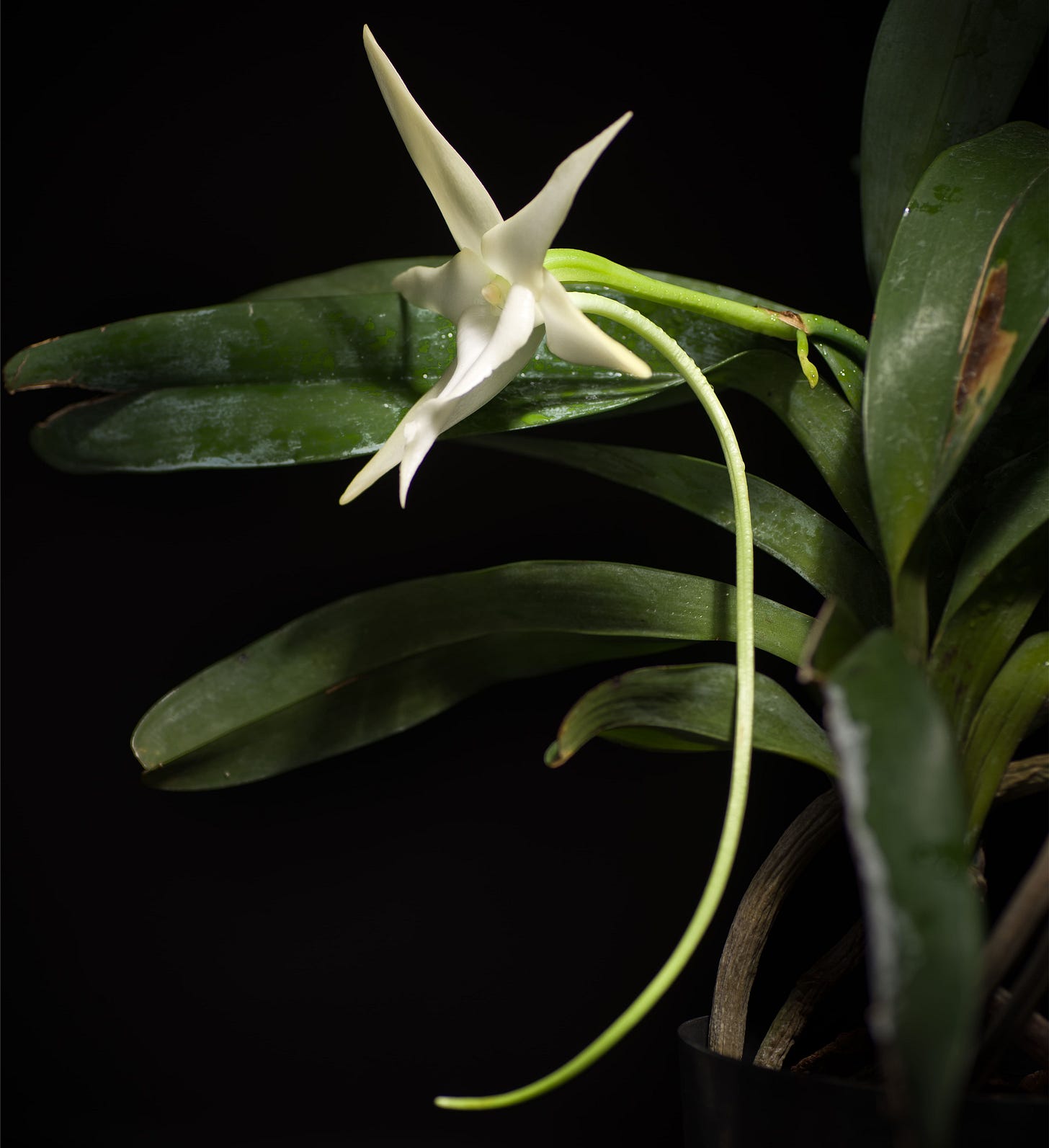
As with separating and organizing whites (under FLOWER COLORS, above), you should separate the different scents of the garden. Especially keep the subtle scents away from the powerful fragrances. This could be a matter of space (as in some feet apart) or a matter of time (different bloom seasons). Some moon garden plants are so abundantly aromatic that you might want to plant these robust nose-ticklers a bit away from the house.
PLANT ARCHITEXTURAL FEATURES
The lighting coming to a moon garden also accentuates the different foliage and structural textures of the garden pieces and how they interact with one another. There’s lacy leaves, strongly erect and thin stems of some perennials, and the haunting sinuousness of certain tree branches, all dancing fluidly in the right light, creating a natural, unforced beauty that adds the most subtle, almost subconsciously visible, tranquility to the landscape.
Certain trees are blessed with very white bark and when night falls and the moon is out, they add to the ambiance with their immoderate ghostliness.
NATIVES?
As always, I recommend native plants for most any landscape situation. Here in a moon garden, they make even more biological sense from the standpoint of the “New Enhancement” — they are primed to attract the native insects and bats of one’s area because they have all the fine-tuning, from millions of years of cooperative evolution, to best do the attracting, as well as the follow-up.
.
For an extensive list of plants that gardeners and landscapers can use to paint a Moon Garden, visit my other post (for Paid Subscribers only) here: “PLANTS FOR A MOON GARDEN.”
.
Oh, and FYI: FULL MOONS REMAINING, 2025
August 9 — Sturgeon Moon — 3:55 a.m. to 7:55 a.m.
September 7 — Corn Moon — 2:09 p.m. to 6:09 p.m.
October 6 — Harvest Moon — 11:48 p.m. to 3:48 a.m. (Oct. 7)
November 5 — Beaver Moon — 8:19 a.m. to 1:19 p.m.
December 4 — Cold Moon — 6:14 p.m. to 11:14 p.m.
.
[Interestingly, I found myself overtly WAXING poetically in this article. Go figure.]
.
For further reading on a very closely related subject, I suggest something brand new:
“The Moon: From Imagination to Exploration,” published by DK (May 13, 2025) and illustrated oh-so-beautifully as only DK Publishing can.
.
.
© Copyright Joe Seals, 2025


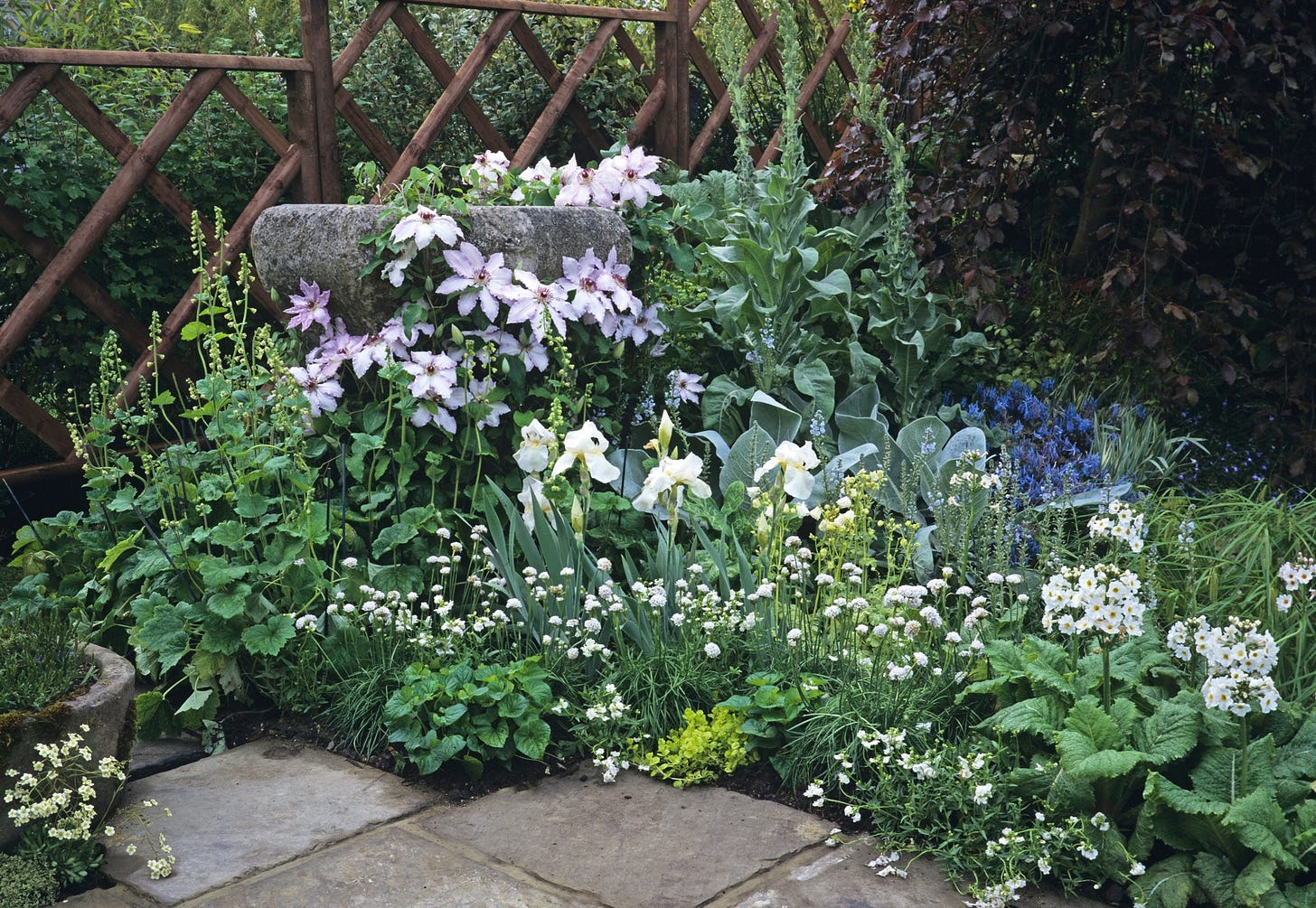
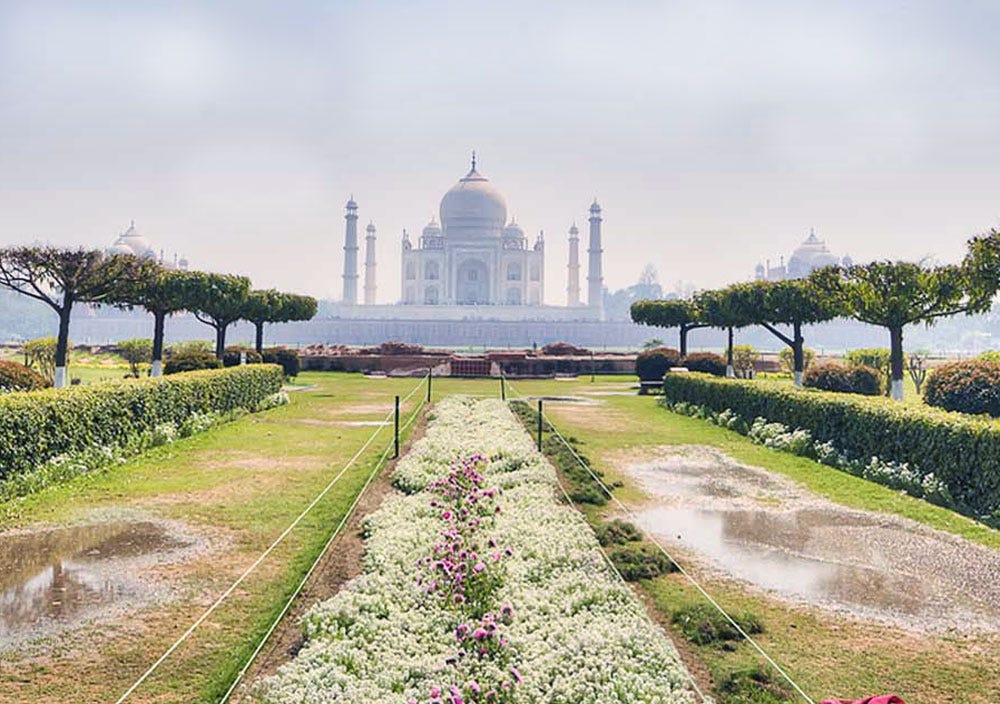
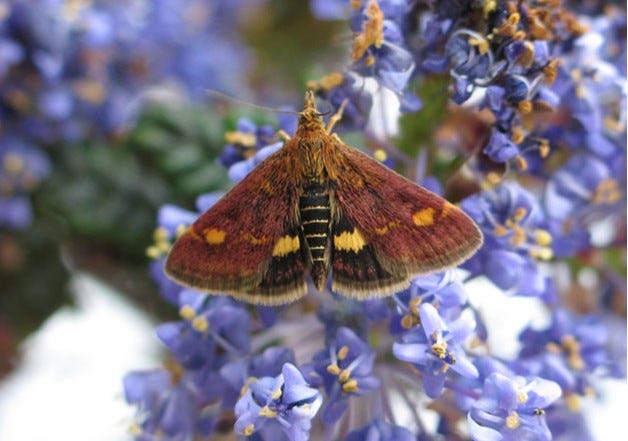
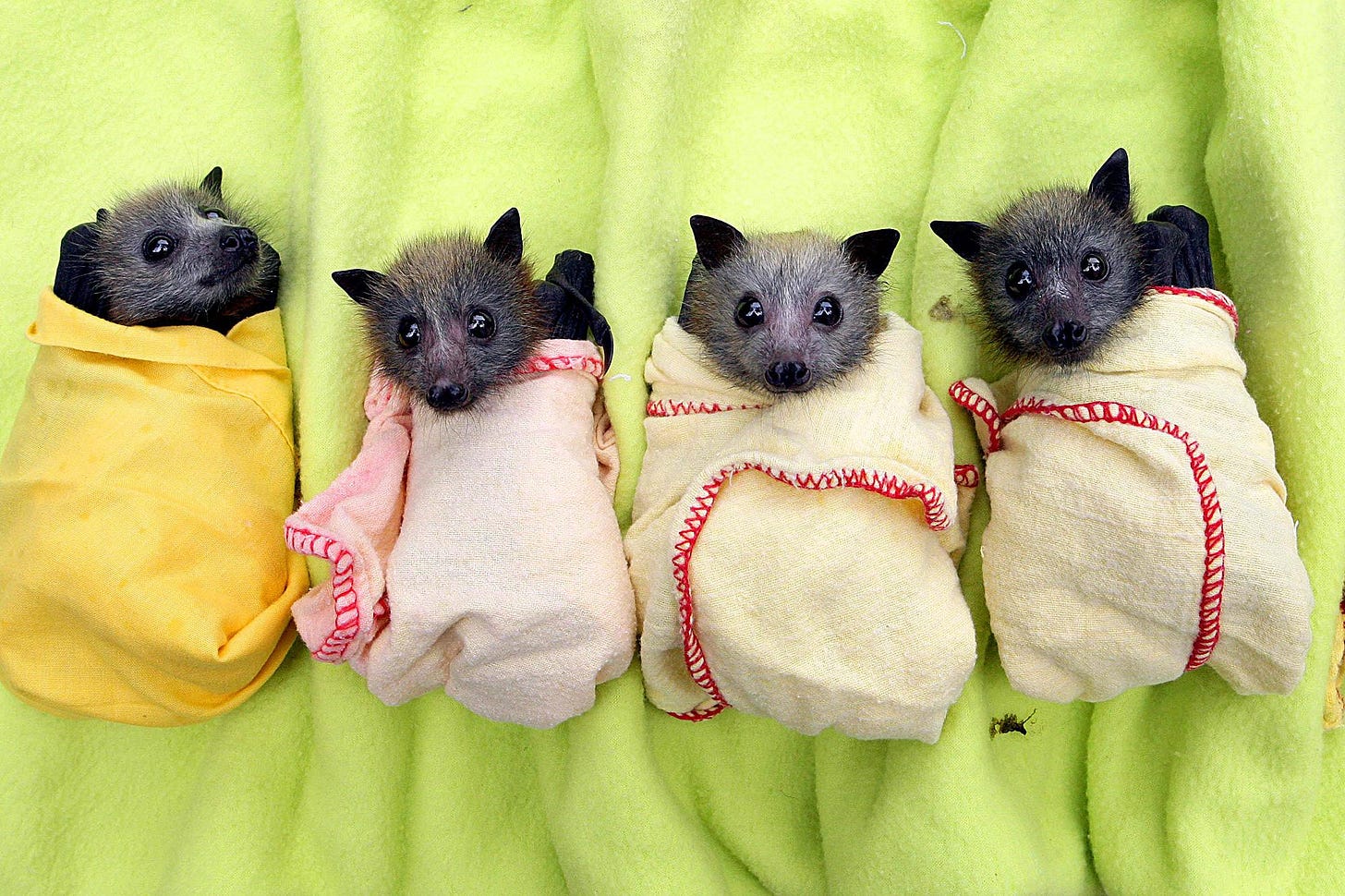
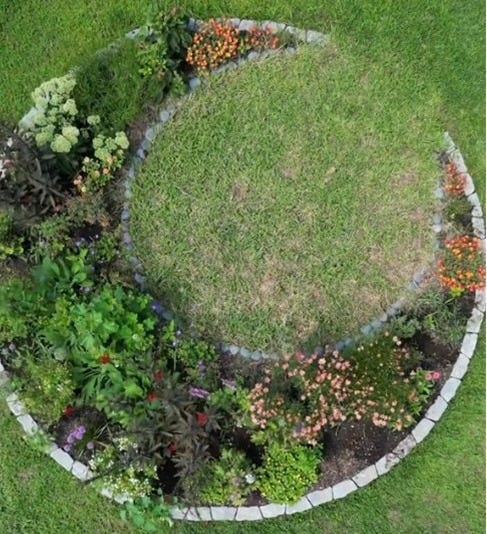
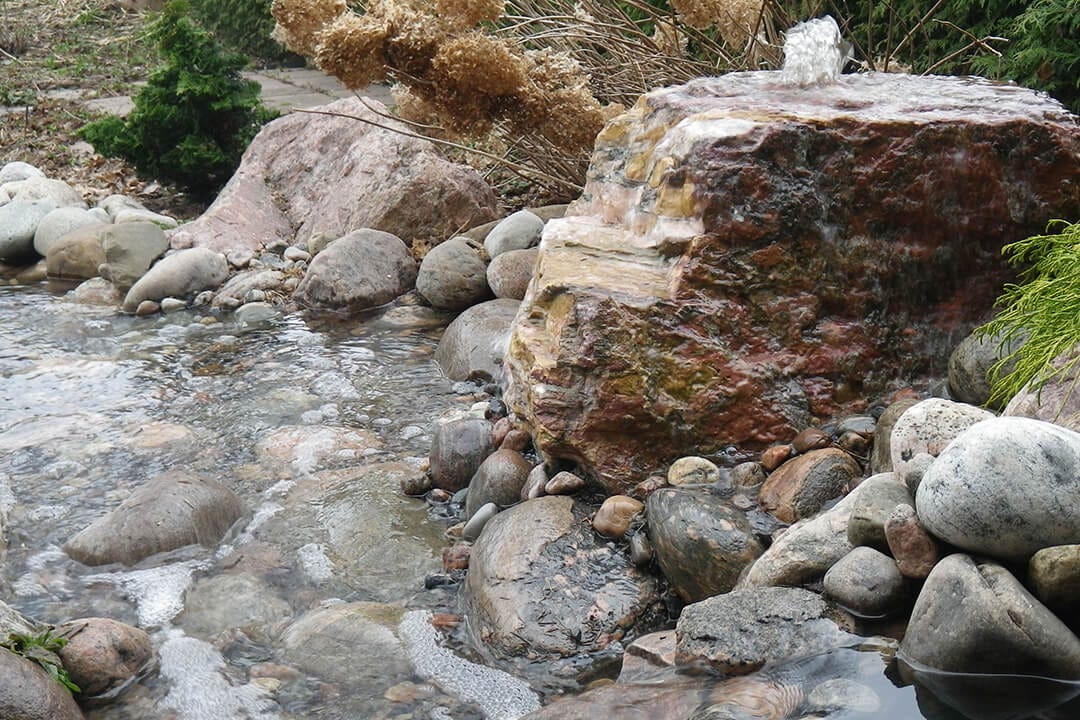
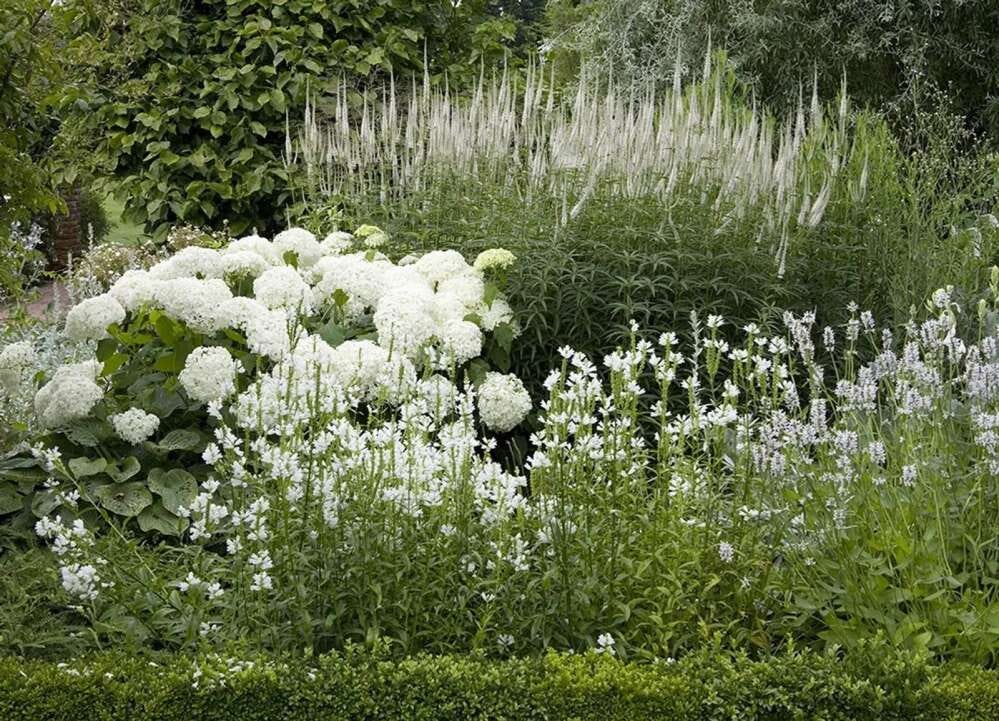
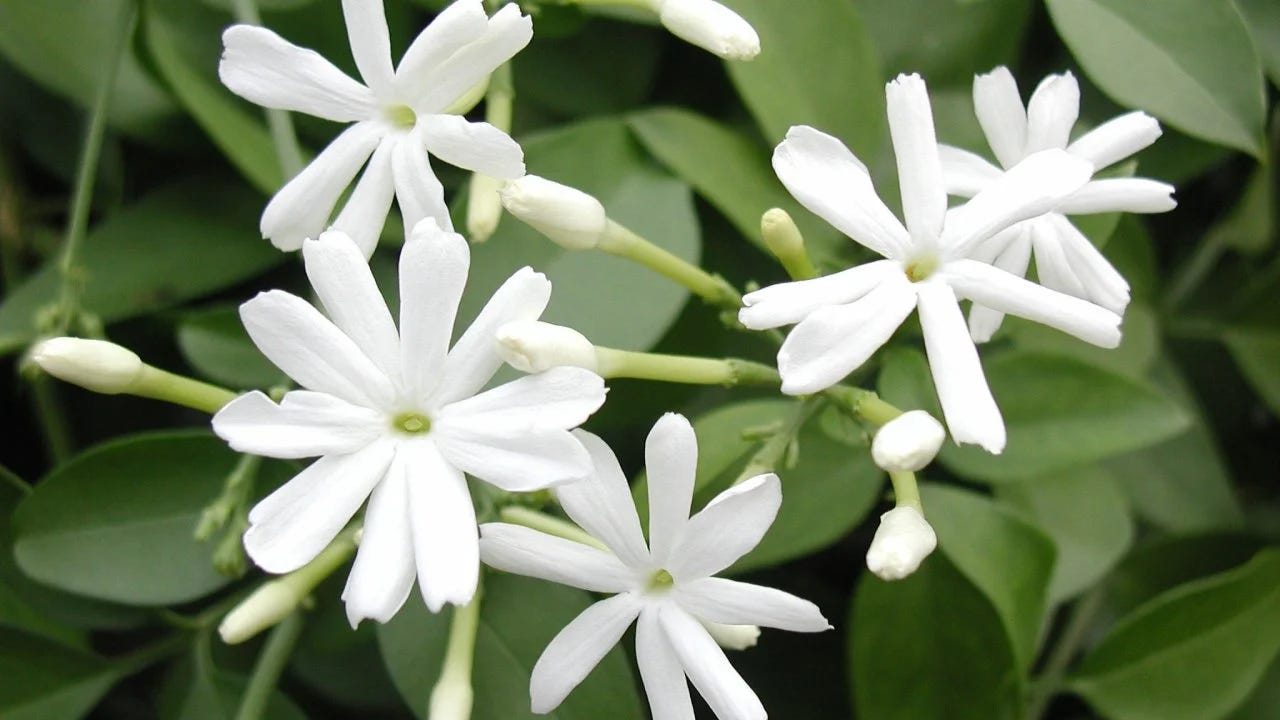
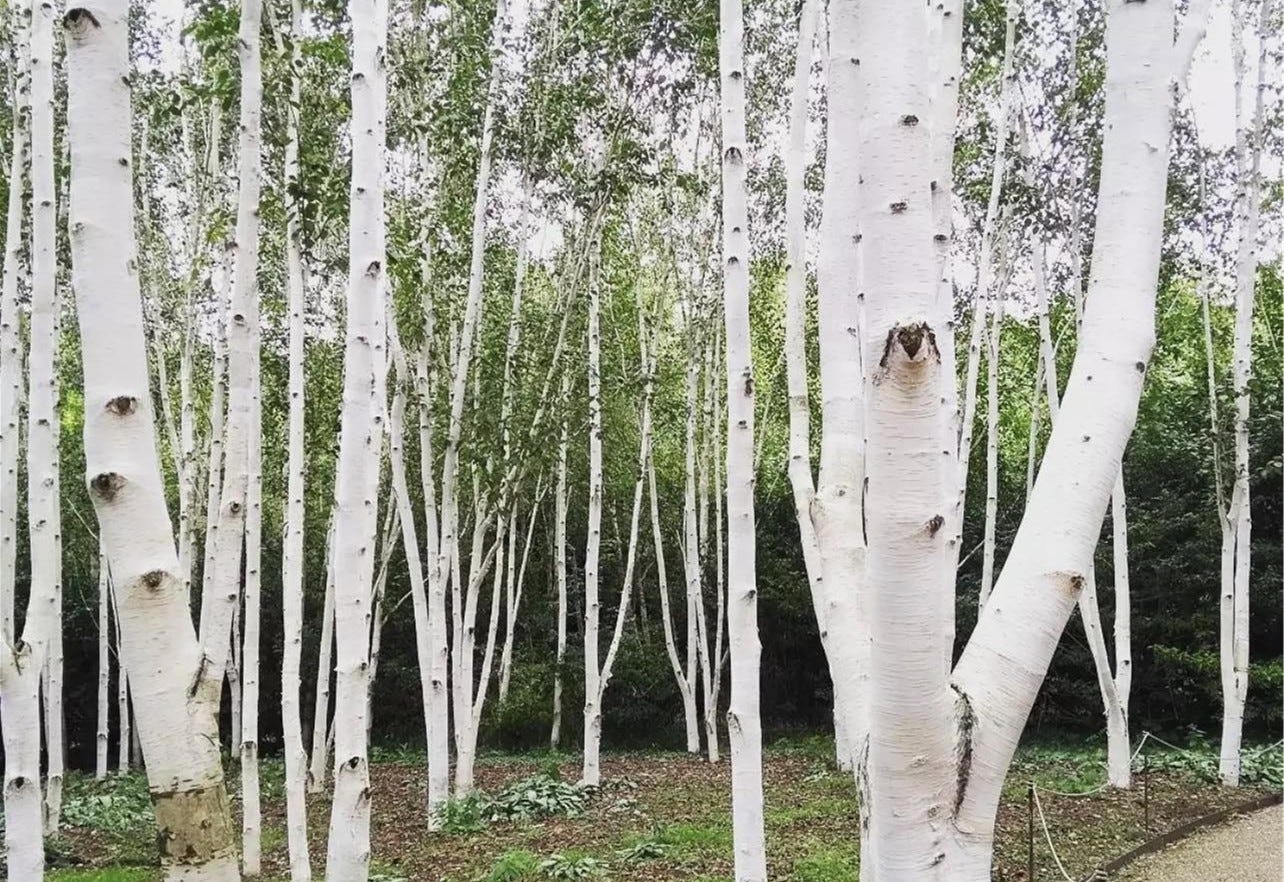
Beautiful article!!
I enjoyed this as I had not considered a garden exclusively for night viewing. We have cucuzzi and moonflower in our garden. Both are night bloomers. I enjoy them when I go out at night to deter deer and armadillo. We use a lot of vertical space in our garden, and viewing at night with a flashlight is rather impressive.